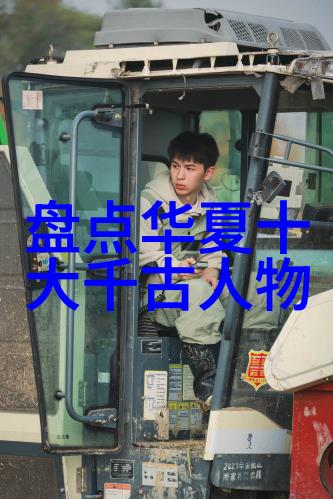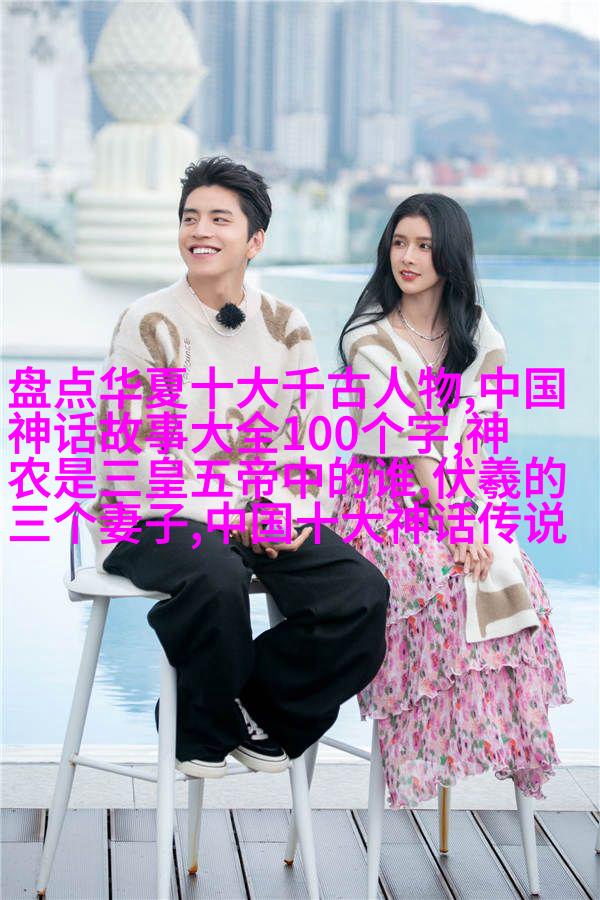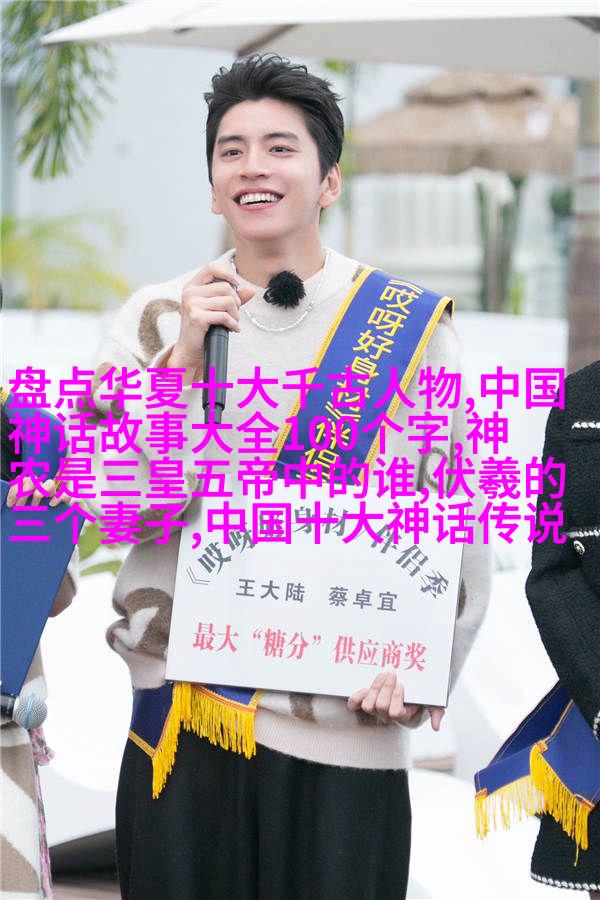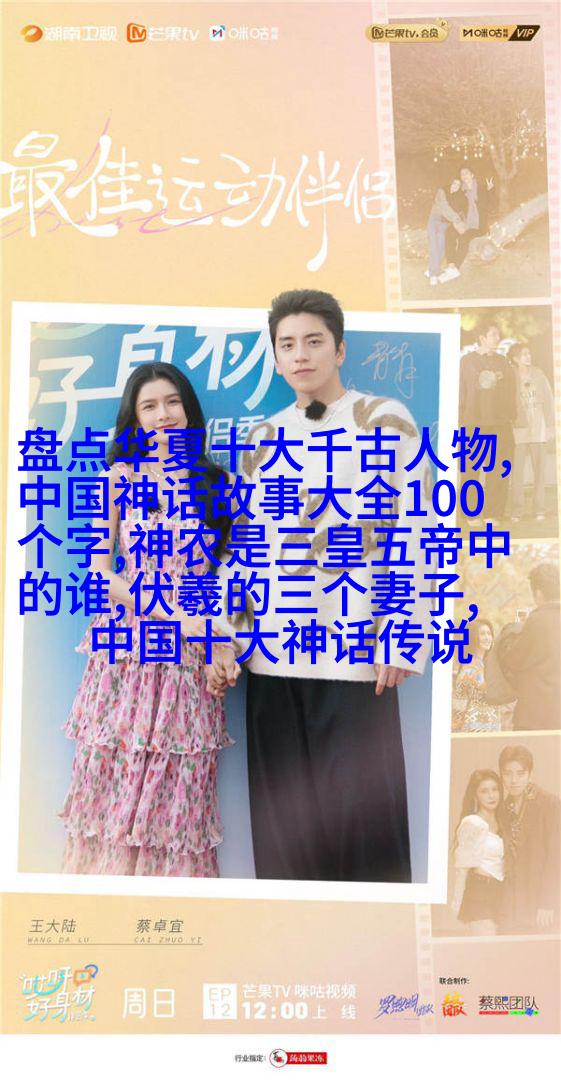黄梅戏音乐工作者:慕容晓晓与徐志远的艺术探索

少时生活在闭塞的山区,文化生活相对贫乏。中学时开始自己摆弄一些乐器,如二胡、口琴、笛子等,慢慢也摸到了一些音乐的窍门。“我当时喜欢做竹笛,下放时还喜欢抓蛇,抓住后把蛇皮剥下来蒙胡琴。”“”期间各地都在演“样板戏”,岳西剧团因此要扩大招生,“我几乎是被他们抓来的。”当时徐志远学习成绩很好,一心想着考大学,但家里反对他从艺。虽然不是自己的选择,他最终还是“歪打误撞”地进入了剧团,成了一名鼓手。
为了满足表演需要,他渐渐尝试作曲,没有想到写出的唱段和歌曲很受演员们欢迎,这增强了他的自信。在21岁那年,他已经能独立完成作曲、配器、指挥小戏。这份热情使他决定继续深造。他通过层层考试,在1981年成为安徽唯一被录取的学生进入上海音乐学院,与何占豪、刘如曾教授师从。

毕业后,他放弃留校机会回到岳西,为专业黄梅戏作曲道路上迈出步伐。1991年的《红楼梦》是他参与创作的一部重要作品。在为此剧作曲时,徐志远思考如何让其有时代感,与时俱进。他吸收电声音乐和淮剧元素,将宝玉的心理活动层层揭示出来。他说:“这里突然的张弛和停顿是一个复杂过程,我用‘形散神不散’原则来打造。”这部作品获得较高评价,并赢得了文化部第二届文华音乐创作奖。
1998年的《秋千架》更是证明了他的实力。他融合黄梅戏抒情特点,并借鉴西洋歌剧及百老汇音乐剧特色,为现代戏曲注入娱乐喜剧性。这部作品成为中国地方戏与音乐剧结合的一个“试验”,并使徐志远成为戲劇創作界中一位前卫代表,被誉为“好的叛徒,有才华”。

除了进行戲劇創作之外,徐志远還進行學術研究,其論著包括《黃梅戲通論》的音樂章節、《試論程長庚對京劇音樂的貢獻——兼及皮黃腔在安徽的合流》、《黃梅戲角色的音色造型》等,並擔任《中國戲曲音樂集成安徽卷》的責任編輯以及岳西高腔分支主編。
黃梅文化是一種吴楚文化、質朴文化、青春文化與通俗文化,它經典化為寶貴財富,但要發展就不能僅依賴於經典劇目。在多元時代中藝術需要個性與地方性,要有更多嘗試與跋涉。現在民族藝術面臨空前的壓力,我们應該如何與年輕人對話?不能只滿足於戲曲藝術老腔老調,而是要創新。 作為一名專業音樂家,他們應根據劇本和觀眾需求選擇適合的手法方法,以保持常變常新。

他的主要作品包括舞台劇《紅樓夢》、《秋千架》、《風雨麗人行》、《孔雀東南飛》,影片《徽商情緣》、《母老虎上轎》,電視劇《貂蝉》、《朝霞滿天》、《平湖秋月》,歌舞 《四季美人 》及兒童節目 《男子漢行動_._ Xu Zhiran has been devoted to the development of Huangmei Opera, a traditional form of Chinese theater. He began his musical journey in his childhood, experimenting with various instruments such as the erhu and dizi. During his teenage years, he joined the local drama troupe and started learning how to play the drums.
Xu's passion for music led him to explore composition and arrangement. His early attempts were well-received by fellow performers, which boosted his confidence. By age 21, he was already capable of creating complete compositions for small plays.

In 1981, Xu became one of eight students from eastern China accepted into Shanghai Conservatory's Music Composition program under the guidance of renowned professors like He Zhanhao and Liu Rugeng.
After completing his studies, Xu returned to Anhui Province to contribute significantly to the preservation and development of Huangmei Opera. His work on "The Red Chamber Dream" in 1991 showcased innovative techniques that blended elements from electronic music and Huajia opera while maintaining traditional themes.
Xu's contributions did not go unnoticed; he received numerous awards including Cultural Department Second Prize for Musical Creation in 1992. The following year saw the release of "Autumn Swing," a groundbreaking piece that merged elements from Western musicals with traditional Chinese performance art.
Throughout his career, Xu has demonstrated an unwavering commitment to innovation within cultural heritage while fostering dialogue between generations through artistic expression.
